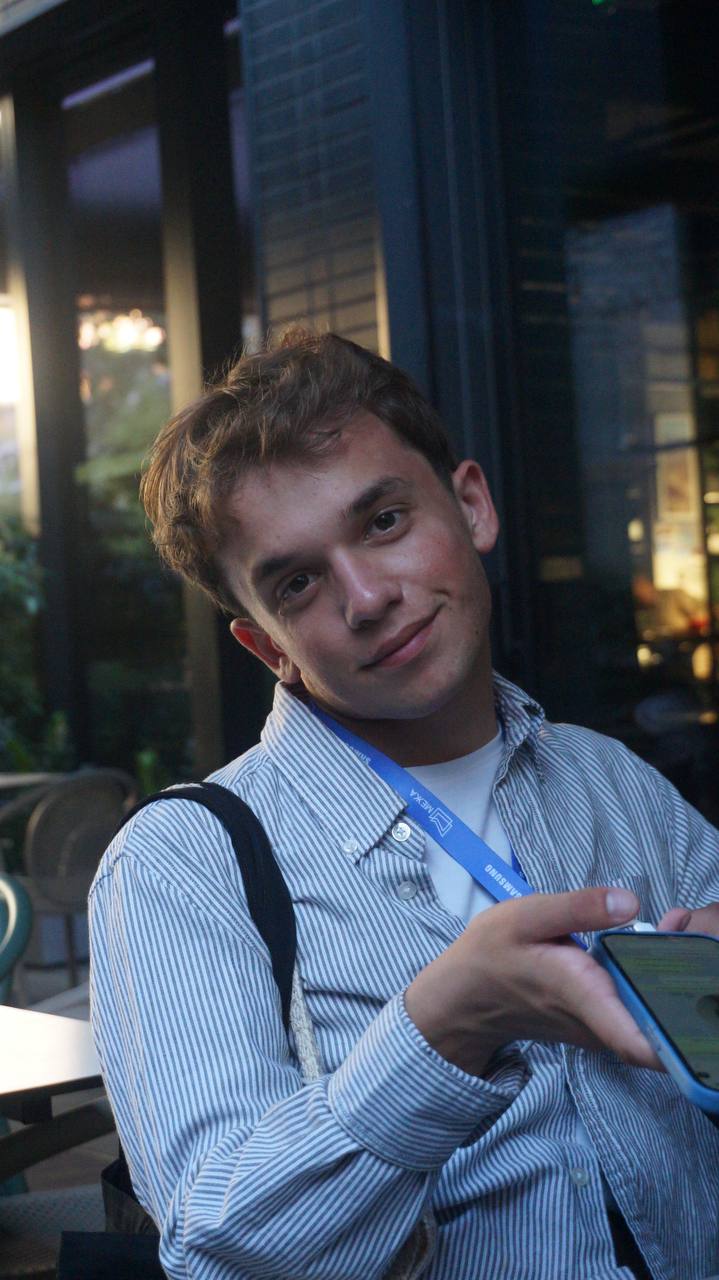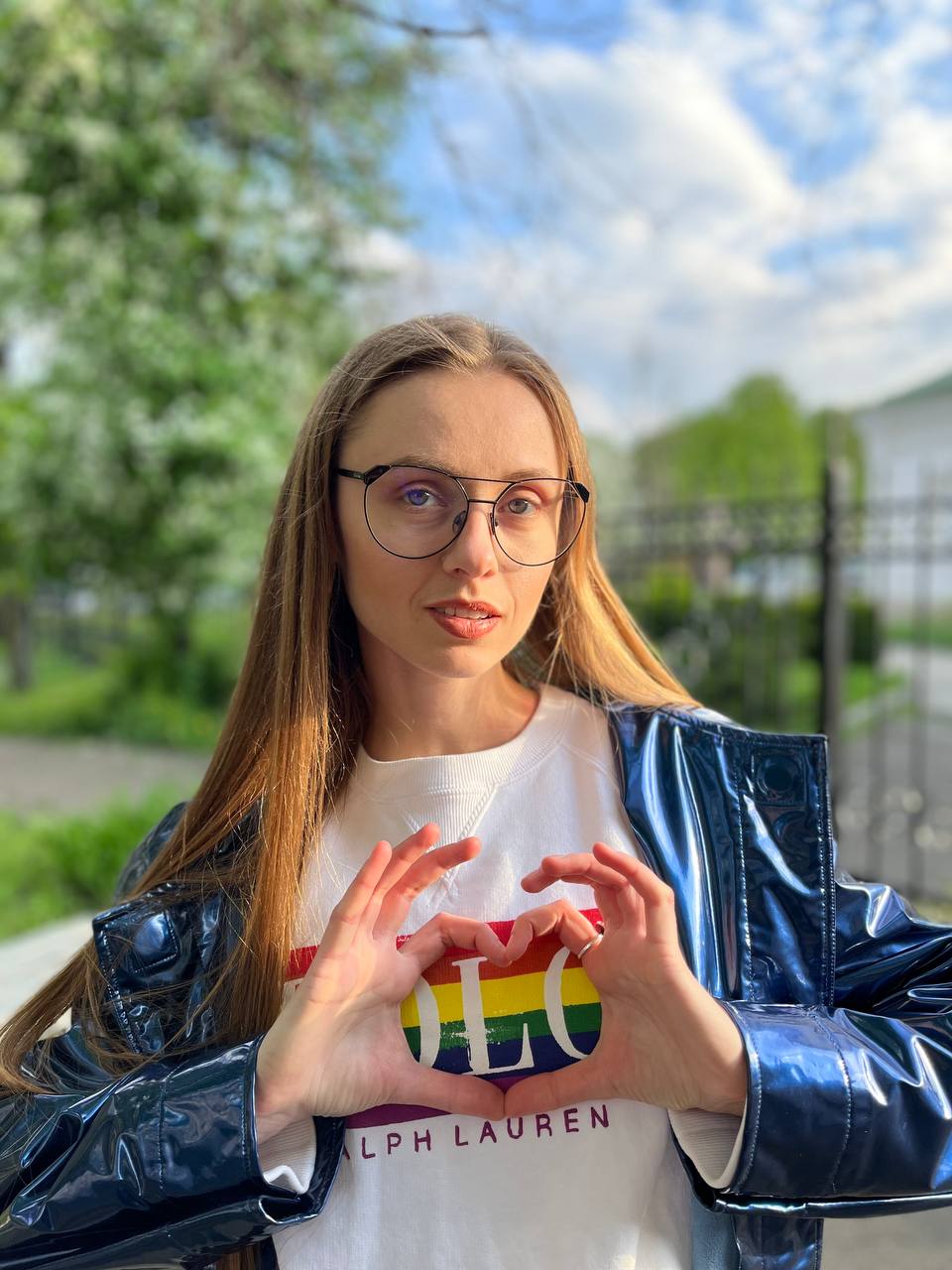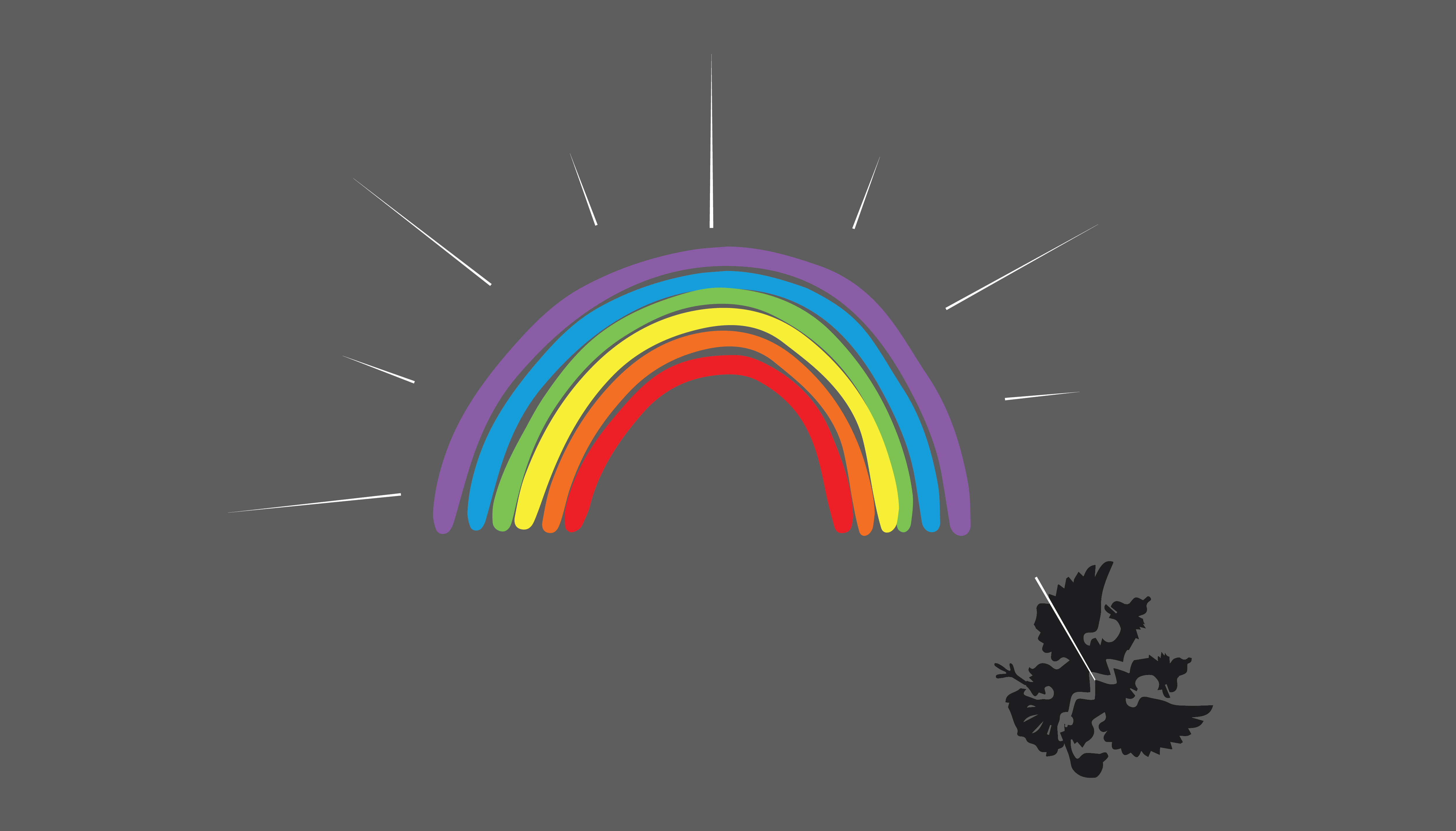

Українською читайте тут.
Historically, Russian society saw laws against homosexuals established during the era of Peter the Great. As women began to gain more rights and society underwent forced secularization, the Bolsheviks repealed these anti-homosexual laws. However, the tide turned during and after the Stalinist purges, with homosexuals facing widespread persecution — this ranged from numerous criminal proceedings, incarcerations, and exiles to mandatory “treatments” in mental institutions. This politicization of sexuality persisted until the dissolution of the Soviet Union. In its later years, the USSR branded homosexuality as a bourgeois deviation. Modern-day Russia, positioning itself as the heir to the USSR, has shifted from its socialist roots, justifying its homophobia with appeals to “traditional values”. It actively champions this stance on homophobia with pride. Russian political figures, the general public, and media outlets consistently emphasize Russia’s commitment to “traditional values”, rejecting any “non-traditional” expressions. Legislative “initiatives” further cement this stance. In 2013, Russia passed a discriminatory law that prohibited the so-called “propaganda of homosexuality” directed at minors. Come 2022, there was a ban on “propaganda of non-traditional sexual relations” in consumer products. Essentially, Russian policymakers drew parallels between the perceived threats from pedophiles and homosexuals. By 2023, the State Duma had enacted legislation prohibiting transgender transitions and set forth guidelines for law enforcement to identify what constitutes “LGBT propaganda.”
From the Russian perspective, there seemed to be an imminent “LGBT invasion” from the West, pressing against their borders, necessitating a defense. Among the rationales, Putin suggested that the full-scale invasion was a strategy to shield traditional values from Western ones, which, in his view, inevitably led to “degradation” and “degeneration” as they “go against human nature”. Such narratives form part of the misinformation campaign targeting LGBTQIA+ individuals. The intent is twofold: to convince domestic audiences that the Kremlin remains the sole defender of “traditional values” and to stoke the fires of homophobia abroad, thereby currying favor with conservative groups in foreign lands. Yet, Putin’s anti-LGBT stance has had an unintended consequence. In Ukraine, it has sparked conversations about the maltreatment of LGBTQIA+ individuals and spurred legislative efforts to safeguard their rights. Regrettably, Ukrainian social media isn’t free from homophobic content, which Russian agitprop finds alluring. Detector Media’s team delved into approximately 33,200 posts across Facebook, YouTube, Telegram, and Twitter dated from March 23, 2023, to July 23, 2023. The goal was to identify key trends in homophobic discourse and gauge its systematic presence.
The full-scale invasion has united Ukrainians to a great extent, and it would seem that the level of xenophobia has decreased. However, there have been isolated incidents of violent attacks against individuals based on their sexual orientation. In a startling case from May 2023, Kyiv-based artist Daniel Skrypnyk became the target of a hate crime. He recounted on social media that one assailant struck his head while two others targeted his legs before they all made their escape. Similarly, designer Kostia Omel suffered a brutal assault in Kyiv that left him unconscious, bruised, and with a fractured nose. In a more recent incident, a transgender soldier by the name of Helen was attacked in Lviv, sustaining injuries that included a split lip and a broken nose. Regrettably, there remains a faction within Ukraine that perceives sexual orientation, unconventional behavior, or even unique fashion choices as justifications for physical harm, mainly because such individuals challenge their perceived “values.” The LGBT human rights center, Nash Svit, documented 105 instances of homophobia, transphobia, discrimination, and other human rights violations in Ukraine in 2022. This tally included 31 incidents in the regions temporarily under Russian occupation. Given the challenges in data collection in the occupied zones, this figure of 31 is likely a conservative estimate. Interestingly, the organization registered a higher count of 131 homophobic incidents in 2021. The report attributes the decline in hate crimes against the LGBTQIA+ community in subsequent years primarily to the COVID-19-related lockdown measures. However, the analysts recognized that the momentum of the Ukrainian LGBTQIA+ movement remains robust, with law enforcement demonstrating an increased commitment to supporting the community.
In a heartening trend, the broader Ukrainian society has been growing more accepting of the LGBTQIA+ community. A survey by KIIS revealed that while 60.4% of Ukrainians held unfavorable views towards the community in 2016, this number dropped to 38.2% in 2022. Impressively, by January 2023, 58% of Ukrainians concurred, wholly or in part, with the principle that LGBTQIA+ individuals should enjoy the same rights as the broader population, with a mere 20% opposing it. These figures suggest a gradual yet promising decline in societal homophobia.
The full-scale war has catalyzed profound socio-political shifts within Ukraine. The nation is now on the path to joining the European Union, with assurances from a recent NATO summit in Vilnius about its eventual alliance membership. As Ukraine aligns itself with European legal frameworks and refines its institutions to meet EU standards, its parliament, the Verkhovna Rada, ratified the Istanbul Convention aimed at combatting domestic violence. These transformations aren’t confined to governmental corridors but resonate with the common citizenry. Civic society remains engaged, articulating its needs, and the media has turned its spotlight on the military LGBTQIA+ community. A notable grassroots initiative secured the implementation of dedicated train cars for women, children, and transgender individuals, a move that originated from a Twitter user’s request. When the Diia app enabled marriage registration, queer couples voiced their inability to formalize their partnerships. In response, March 2023 saw the introduction of a bill addressing civil partnerships in Parliament. While it’s a preliminary step and doesn’t encompass all facets, it’s indicative of Ukraine’s pro-European trajectory.
Yet, Russia possesses a distinct interpretation of this evolution. Its propaganda machine asserts that Ukraine is undergoing “Europeanization” purely to curry favor with Western leaders. They propagate the narrative that the West is ensnaring Ukraine in an “LGBT trap.” These propagandists assert ad nauseam that Ukraine is merely posturing its acceptance of diversity to pander to Western audiences, contending that, akin to Russia, Ukraine, too, does not truly embrace homosexuality. They argue that this purportedly shared worldview on LGBTQIA+ issues is the very reason Russia attacked Ukraine: to safeguard them from the “hostile” West. For a more comprehensive rebuttal of these claims, refer to our previous study debunking disinformation targeting LGBTQIA+ individuals.
Russia’s instrumentalization of the LGBTQIA+ community transcends Ukraine’s borders. The Kremlin has strategically interwoven homophobia into its national policy, positioning Putin as the sentinel of “traditional values” and Orthodox moral standards to assert his authority and keep him in power. Recall the 2020 promotional video preceding the vote on the Russian constitutional amendments. This viral video, predicting Russia in 2035, portrayed a same-sex couple adopting a child. The men were caricatured in stereotypical roles, with their adopted child depicted as distressed over the absence of a mother figure.
The amendments to the Russian constitution weren’t solely centered around defining a union between a man and a woman as the “sole legitimate form.” They also facilitated “resetting” Vladimir Putin’s presidential tenure, enabling him to run for the 2024 elections, potentially remaining in power until 2036, along with bestowing him with lifelong immunity. This strategic misinformation campaign against the LGBTQIA+ community in Russia was skillfully orchestrated to overshadow other significant constitutional changes. Kremlin manipulations of the voters were masterfully executed.
This strategy once again proves how the dictator Putin exploits the LGBTQIA6 community to achieve broader objectives, such as implementing extensive reforms. Russia’s chosen trajectory is evidently traditionalist and archaic compared to contemporary standards. Yet, ironically, the choice in this matter seems to be withheld from the Russian populace.
In the new data sample, we observed statements like, “In EU nations, presidents of homosexual orientation should beware Russia. Otherwise, they, too, will be attacked. We must fight for our values!” These comments surfaced on anonymous Telegram channels in reaction to news about Latvian President Edgars Rinkēvičs, the EU’s first openly gay president. Thus, Russian and pro-Russian users are not giving up trying to declare that what Russia professes is considered the absolute truth, and they unconditionally support the Kremlin’s homophobic policies.
How does Russia perform when it comes to exporting values? Well before the full-scale invasion of Ukraine, it had been shaping its image as a guardian, particularly as a protector against “undesirable influences.” Even amidst the full-scale invasion, Russia portrayed itself as a haven for those aligned with “traditional values.” Russian propaganda even disseminated fakes about Europeans and Americans seeking refuge in Russia to escape the “LGBT invasion.” Culturally, Russia casts itself as a bastion of traditionalist and conservative values, far removed from any “sodomite practices.” For a while, this perceived conservatism aided its cultural diplomacy. Today, however, Russia is primarily seen as an aggressor, viewing human diversity as a direct threat to its national “security.”
Russian propagandists habitually depict the West as “decaying.” Through their lens, Europe’s values are deviant, given their acceptance of LGBTQIA+ leaders, legalization of same-sex marriages, and open conversations about sexual orientation. They even claim that children are introduced to “sodomy” in preschools. This purported Western “depravity” is juxtaposed against Russian “normalcy”, where children aren’t preyed upon by gays, and gender isn’t a confusing construct. Russian propaganda aims to exalt its society while isolating it from a supposedly value-eroding European society. Their derogatory lexicon includes terms like “Gay. Sec.” for Jens Stoltenberg, “gay Europe” for the continent, and “f***otocracy” as a twisted representation of democracy. European officials are derisively branded as “gays and lesbians.” In the propaganda narratives, being labeled “gay” (regardless of the truth of this claim) implies highlighting the alleged incompetence and ineptitude of the individual.
After the full-scale invasion, Russian propaganda continued its instrumentalization of LGBTQIA+ themes, infusing propaganda with claims like “Ukrainian Tarases defending Western gay rights,” European transgenders adopting children from Ukrainian refugees, “in Ukrainian Sunday schools, children will be taught homosexuality and forced to enter into homosexual marriages with veterans of the Banderite movement,” entire gay battalions are fighting in the Armed Forces, and classes on “gay education” are a mandatory part of military exercises.
Regrettably, this foreign-borne prejudice overlays existing Ukrainian homophobia. For instance, some Telegram users disseminate illusory “lists of military units of the Armed Forces of Ukraine that do not have f***ots,” insinuating that the presence of LGBTQIA+ individuals is indicative of a battalion’s frailty and that such units are undeserving of respect or recognition. There’s also a cultivated narrative suggesting that the introduction of bills recognizing same-sex partnerships is “ill-timed.” Some even absurdly equate the tangible threat from Russia with the imagined threat posed by the LGBTQIA+ community.
In Russia, homophobia is ingrained into both national policy and cultural education. Contrastingly, in Ukraine, instances of homophobia, although concerning, appear more sporadic and uncoordinated. Propagandists exploit these isolated incidents to sow discord within Ukrainian society. For a comprehensive understanding of the myriad disinformation campaigns targeted at the LGBTQIA+ community and the nature of homophobic content on social media, stay tuned for the full version of our research, soon to be published on Detector Media.
For insights into our prior investigations delving into misinformation surrounding ethnic minorities, religious groups, and individuals from the (de)occupied regions, please refer to our previous publications via the hyperlinks.


